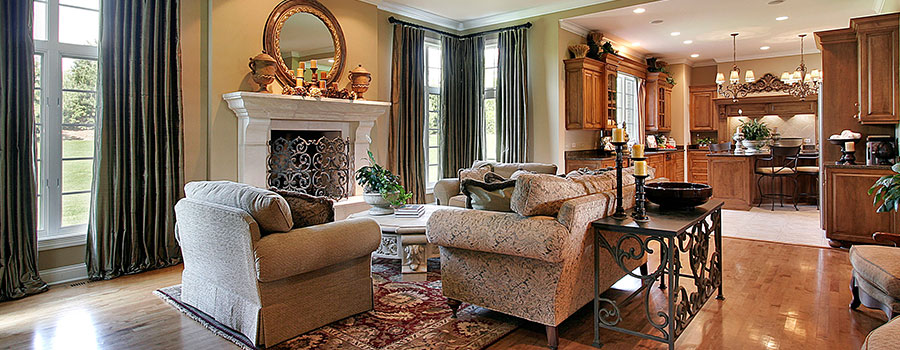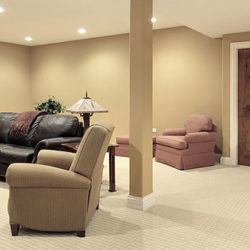While remodeling a house can be extremely fulfilling as it makes the house livable and improves its appeal giving you an easy time selling it, there is always the issue of wastage. There is no shortage of waste materials at a renovation site, from shattered drywall and excess boxes to decrepit appliances and leftover materials.
The unfortunate thing is that you spend money on these items, so every time you let them lie to waste, you waste them.
Can you do a condo remodel or any other renovation project without wasting a lot? Well, the good news is that it’s possible. To help you out, here are tips you should follow:
Sell the excess
As much as you might try to be as economical as possible, it isn’t easy to accurately anticipate what you will require for a project ahead of time. Thankfully, you can ensure that any extra is not wasted by finding another purpose for it in the community.
You can resell or give away unwanted items on Facebook using the Marketplace option, or by posting in specific groups such as Buy Nothing or Take My Shit.
The NextDoor app also has a section for free and for sale items where you can post the items left behind after a renovation.
You can also try local community groups that might be interested in purchasing your stuff. Consider the organizations near you and what they might require, then call out to inquire before delivering the goods.
For example, a club that assists low-income neighbors with house repairs may require extra bathroom tiles, whereas a children’s support group may want excess paint and decals for classroom decorating or crafts.
Buy what you want
Nobody wants to get home, start a project, and then find they must return to the store for more paint, tiles, or whatever. However, overbuying a product, such as paint, is far more prevalent than underbuying, and only some are used.
Though it may be tempting to shop in bulk to take advantage of lower prices and save on future excursions to the store, only buy what you need.
A great way to ensure you don’t buy more than you need is to take your time and analyze the items you need. A great way to do it is to get quotes from different companies and buy only what is necessary.
Work with an expert
Homeowners might need help understanding their alternatives for decreasing remodeling waste on larger projects. A lot of times with construction, I think people feel a little bit like it’s outside of their control in specific ways because there aren’t many obvious resources for where to find that information.
But feel free to ask your contractors if they agree with you on decreasing waste and how they intend to do so.
Working with a skilled professional with a plan is crucial to achieving zero waste or coming close.
Regarding construction materials, work with experienced pros to help you do all kinds of cool things with leftover materials, such as repurposing countertop remnants in a powder room or a home bar.
Use secondhand products or reclaimed materials.
Extending the life of current products rather than purchasing new ones is a practical approach to reducing waste. And there are plenty of places to find secondhand stuff for free or for sale.
Estate and yard sales and the digital markets where you sell your previously loved stuff are treasure troves of interesting, unique items you can find for your project.
Discovered something you like but do not adore? You can repurpose used furniture and transform it into the ideal piece for your room.
Also, consider beyond the original purpose of an item. For example, you can transform an old dresser into a bathroom vanity or a raised flower bed.
Salvage businesses, scrap yards, and stone yards are all fantastic places to look for reclaimed materials to add visual appeal to a remodel.
For a great experience, reuse materials that may not be as functional as new products, such as salvaged doors and windows.
You also should confine salvaged versions of those items to regions that aren’t contributing to the sealing of your home, as this can lead to further environmental drains.
Use efficient appliances to reduce future losses.
According to a study by Houzz, 92% of homeowners who remodeled their kitchens added some eco-friendly features, mainly LED bulbs and energy-efficient appliances save a lot on power usage.
To save some energy, you can follow suit and install whole-house systems like reusing greywater or making your renewable energy. Doing this makes your home jobs a little less wasteful in the future.
Some of these projects can also be made more reasonable by tax credits and rebates that are part of the Inflation Reduction Act.
Some units you can install in your home to make it less wasteful include: energy-efficient heat pumps, heat pump water heaters, electric stoves, electric cooktops, electric ranges, electric ovens, and electric heat pump clothes dryers.
What you need to do is to research and find the right appliances for your home. When buying the units, pay close attention to the size of your home. You don’t want to buy a unit that is too large and doesn’t serve you as you would like.
You also don’t want an appliance that is too small that it doesn’t make an impact.
If this is the first time you are installing a new appliance for your new home, work with experienced home addition contractors DC who will help you tell the right size of appliance you should get.
While at it, consider the energy star rating. Since you want to save as much energy as possible, you want an appliance with a high energy star rating. Such an appliance will be a little expensive but worth it as it will save you a lot of money in the long run.



